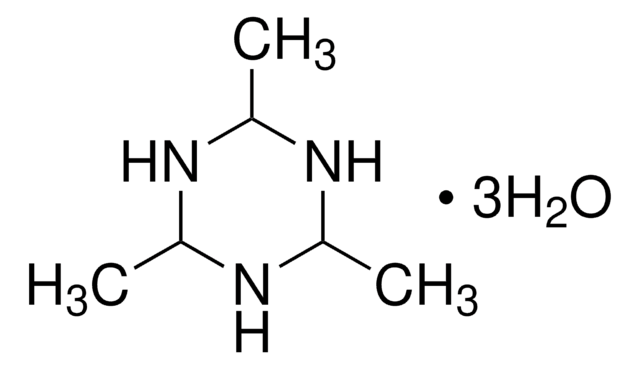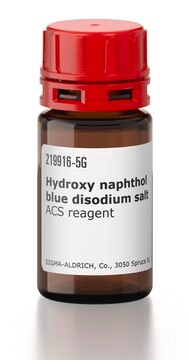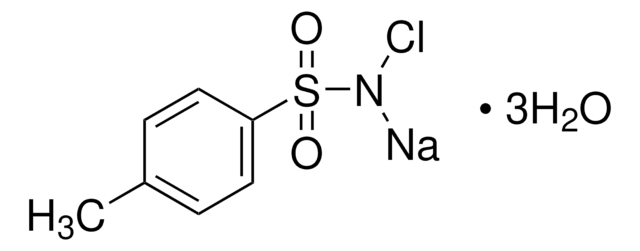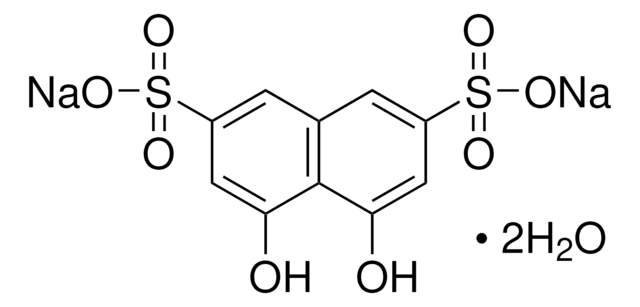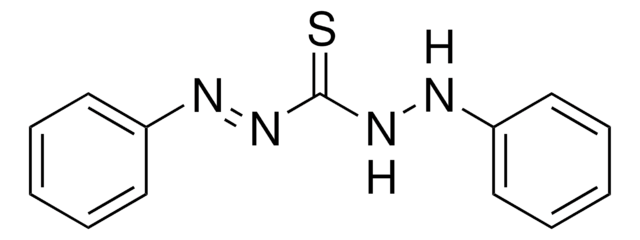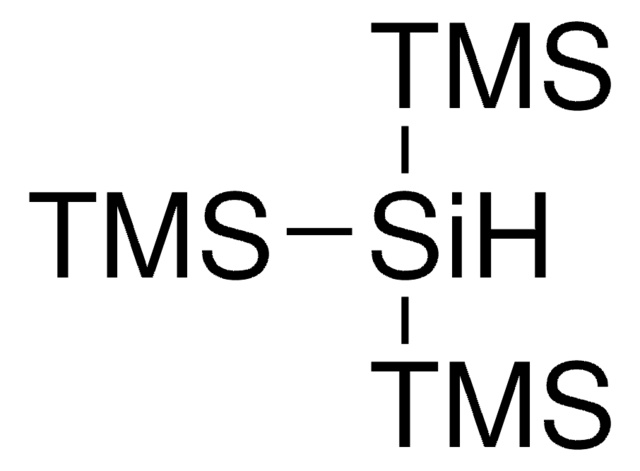201316
Quinaldine Red
Dye content 95 %
Sinônimo(s):
2-(4-Dimethylaminostyryl)-1-ethylquinolinium iodide
About This Item
Produtos recomendados
Formulário
powder or crystals
Nível de qualidade
composição
Dye content, 95%
técnica(s)
titration: suitable
solubilidade
ethanol: 1 mg/mL, clear, dark red
λmax
528 nm
aplicação(ões)
diagnostic assay manufacturing
hematology
histology
temperatura de armazenamento
room temp
cadeia de caracteres SMILES
[I-].CC[n+]1c(\C=C\c2ccc(cc2)N(C)C)ccc3ccccc13
InChI
1S/C21H23N2.HI/c1-4-23-20(16-12-18-7-5-6-8-21(18)23)15-11-17-9-13-19(14-10-17)22(2)3;/h5-16H,4H2,1-3H3;1H/q+1;/p-1
chave InChI
JOLANDVPGMEGLK-UHFFFAOYSA-M
Procurando produtos similares? Visita Guia de comparação de produtos
Categorias relacionadas
Aplicação
Ações bioquímicas/fisiológicas
Código de classe de armazenamento
11 - Combustible Solids
Classe de risco de água (WGK)
WGK 3
Ponto de fulgor (°F)
Not applicable
Ponto de fulgor (°C)
Not applicable
Escolha uma das versões mais recentes:
Certificados de análise (COA)
Não está vendo a versão correta?
Se precisar de uma versão específica, você pode procurar um certificado específico pelo número do lote ou da remessa.
Já possui este produto?
Encontre a documentação dos produtos que você adquiriu recentemente na biblioteca de documentos.
Os clientes também visualizaram
Nossa equipe de cientistas tem experiência em todas as áreas de pesquisa, incluindo Life Sciences, ciência de materiais, síntese química, cromatografia, química analítica e muitas outras.
Entre em contato com a assistência técnica

